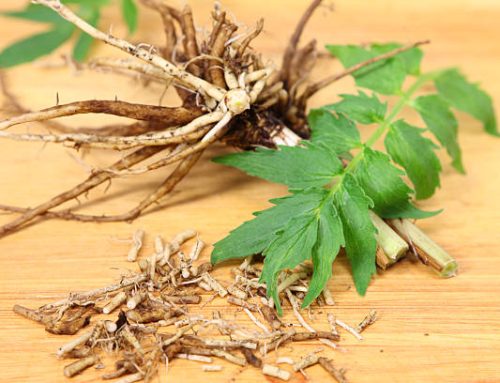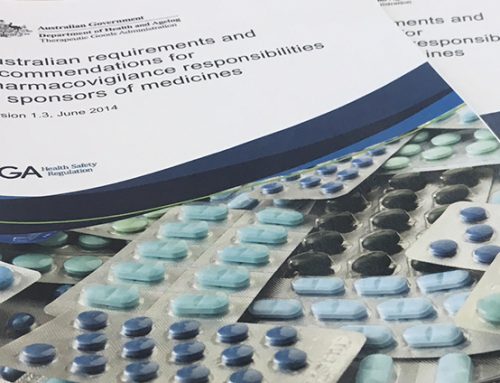An updated version of the Therapeutic Goods (Permissible Ingredients) Determination was registered on the Federal Register of Legislation (FRL) in September 2017. The updated determination is titled the Therapeutic Goods (Permissible Ingredients) Determination No. 4 of 2017.
A total of 287 changes have been made in the updated Determination. These changes include:
- The addition of 6 new ingredients.
- Changes to 276 existing ingredient entries, including:
- making requirements for ingredients less restrictive, such as broadening the use to allow oral use when previously only for topical use;
- making requirements for ingredients more restrictive, such as the inclusion of additional warning messages; and
- making minor changes to make a number of entries clearer.
- The removal of 5 ingredients names that have been determined not to be the most up-to-date nomenclature.
A summary of changes to 26BB that sponsors have not been specifically notified of however they will most likely affect sponsors, are as follows:
General
- Removal of all indications that were listed on 26BB such as FOLIC, FOLIC2, IRON1, CALC2, ‘For mineral supplementation’ etc..
Vitamins
- Removal of VIT warning from all vitamin ingredients.
Minerals
- Removal of mandatory component for Calcium, Magnesium and Manganese.
Iron
- Addition of the mandatory warning, that should always have been on the document.
When for internal use except for iron-containing multivitamin/mineral products indicated for general nutritional support that do not make specific iron-deficiency related claims and the medicine is listed in the Register on or after 1 October 2017 the medicine must have the following statement on the medicine label: – (IRONDEF) ‘Not for the treatment of iron deficiency conditions’ (or words to that effect).
Please note that the following has also been stated – if the product was listed before 1st October medicine label must comply by 1st April 2019
Iron amino acid chelate
- Addition of mandatory restrictions of use and warnings, that should always have been on the document.
Fennel
- Addition of the following mandatory warnings:
When used in oral medicines and the medicine is listed in the Register on or after 1 October 2017 the medicine must have the following statements on the medicine label:
– (CHILD3) ‘Use in children under 12 years is not recommended.’
– (PREGNT2) ‘Do not use if pregnant or likely to become pregnant (or words to that effect).’
– (BREASF) ‘Do not use while breastfeeding.’
Please note that the following has also been stated – if the product was listed before 1st October medicine label must comply by 1st April 2018.
Glycerol
- Removal of Sugar alcohol SUGOLS warning and declaration requirement on the label.
Sugar Alcohols
- Addition of SUGOLS warning requirements.
Omega 3 Fish Oils, Phytosterols Esters & Vegetable oil phytosterols esters
- Removal of the warning statement (VOPE) ‘There is no benefit from taking more than 3g/day of phytosterols from all sources’.
Trametes versicolor
- Removal of Trametes versicolor hyphae dry extract must only be prepared using water.
Changes to Nomenclature
In 2012, the TGA listed the following amendments to nomenclature:
- From Matricaria recutita to Matricaria chamomilla
- From Polygonum cuspidatum to Fallopia japonica.
- From Aloe barbadensis to Aloe vera.
As such the following ingredient names which should not have been added to the Permissible Ingredients Determination have now been removed:
- Polygonum cuspidatum
- Aloe barbadensis
- Aloes barbados
- Matricaria recutita
- Fallopia japonica
It is important to note that with the removal of Fallopia japonica the TGA have recently advised industry that Reynoutria japonica is in fact the most accurate name for Fallopia japonica. As such, the TGA will be updating all entries of either Polygonum cuspidatum or Fallopia japonica to Reynoutria japonica.
The TGA will be writing to affected sponsors to advise them of the decision to correct the ARTG entries to include the correct herbal ingredient name. As a result labelling and marketing materials for products containing Reynoutria japonica will need to be updated to reflect the most up-to-date nomenclature.
We have received written communication from the TGA that affected sponsors are required to update the ingredient name Fallopia japonica to Reynoutria japonica, either on the next run of labels, or within 18 months from the date of the Decision letter, that all sponsors of products containing the ingredient should have received from the TGA (approximately 29th September).








